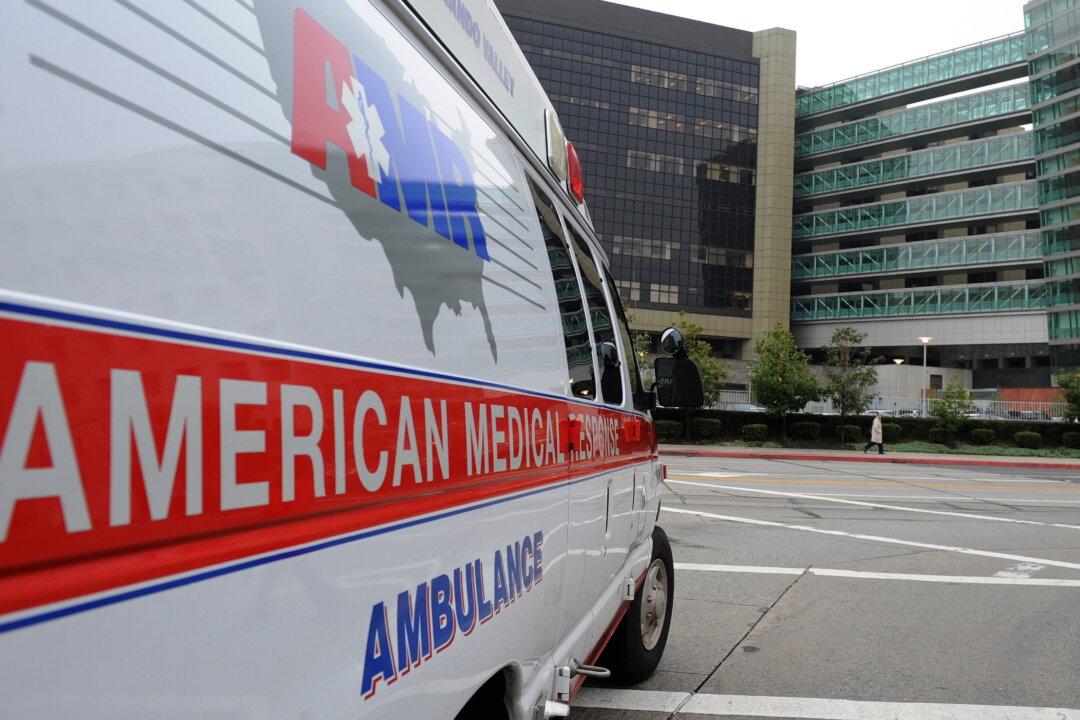A natural resource that’s remained largely untouched by development now faces colossal industrialization of wind energy along the U.S. East Coast.
Clean-ocean advocates monitoring its expansion warn that this race to construction undermines an ecosystem that will lead to catastrophic consequences.





